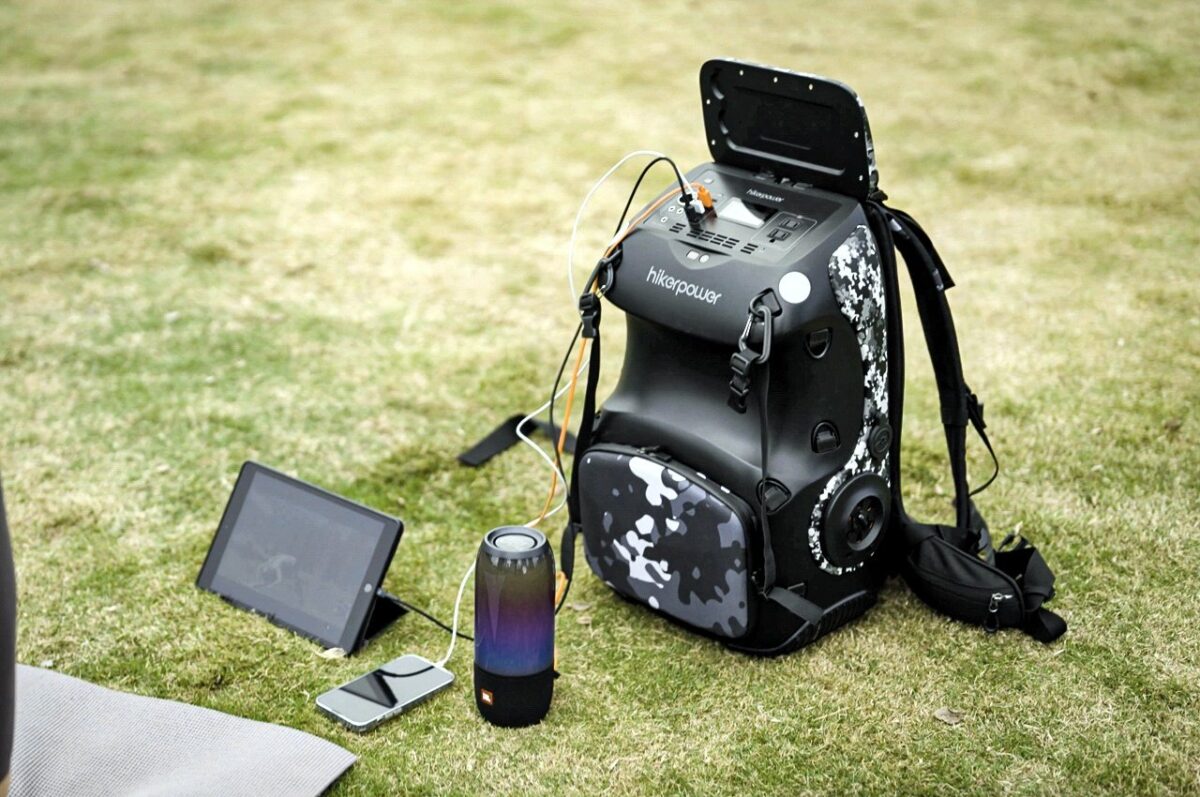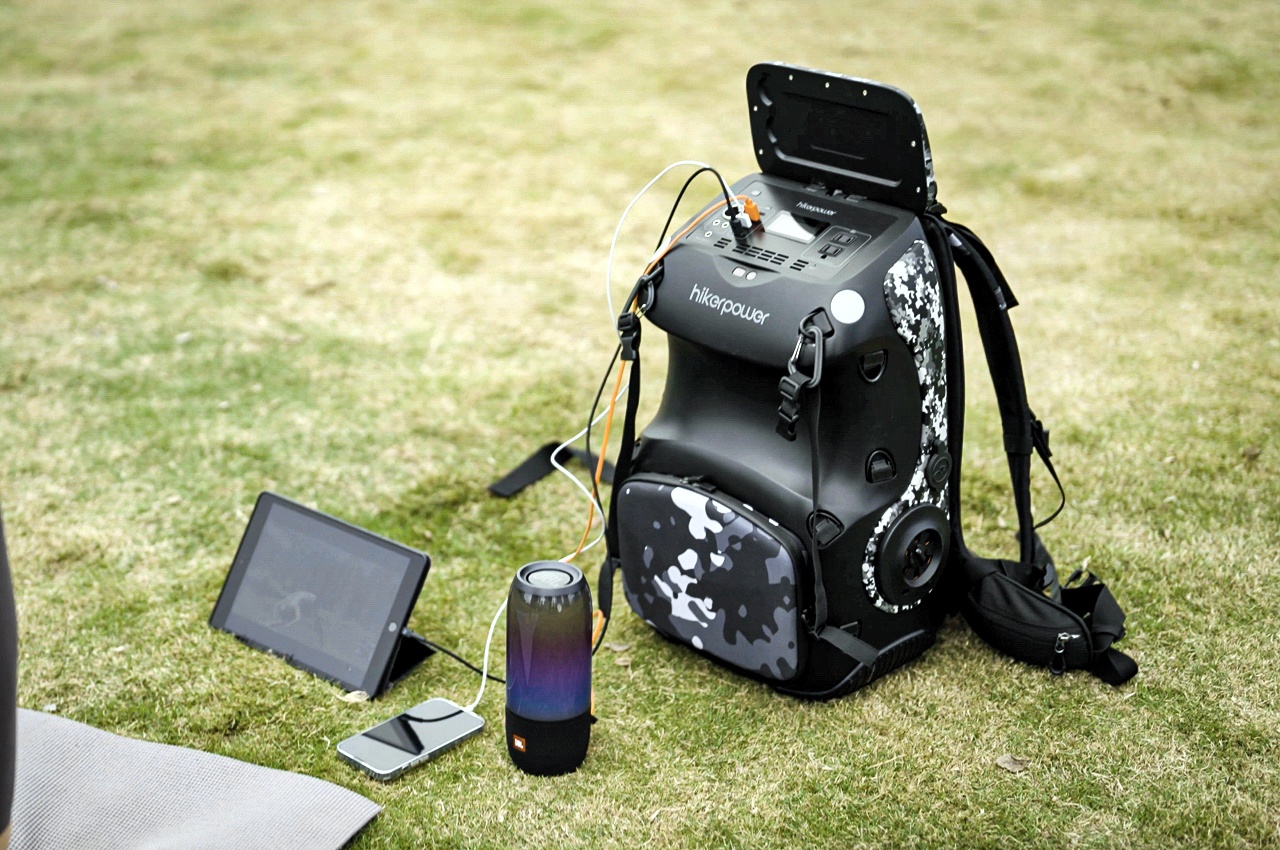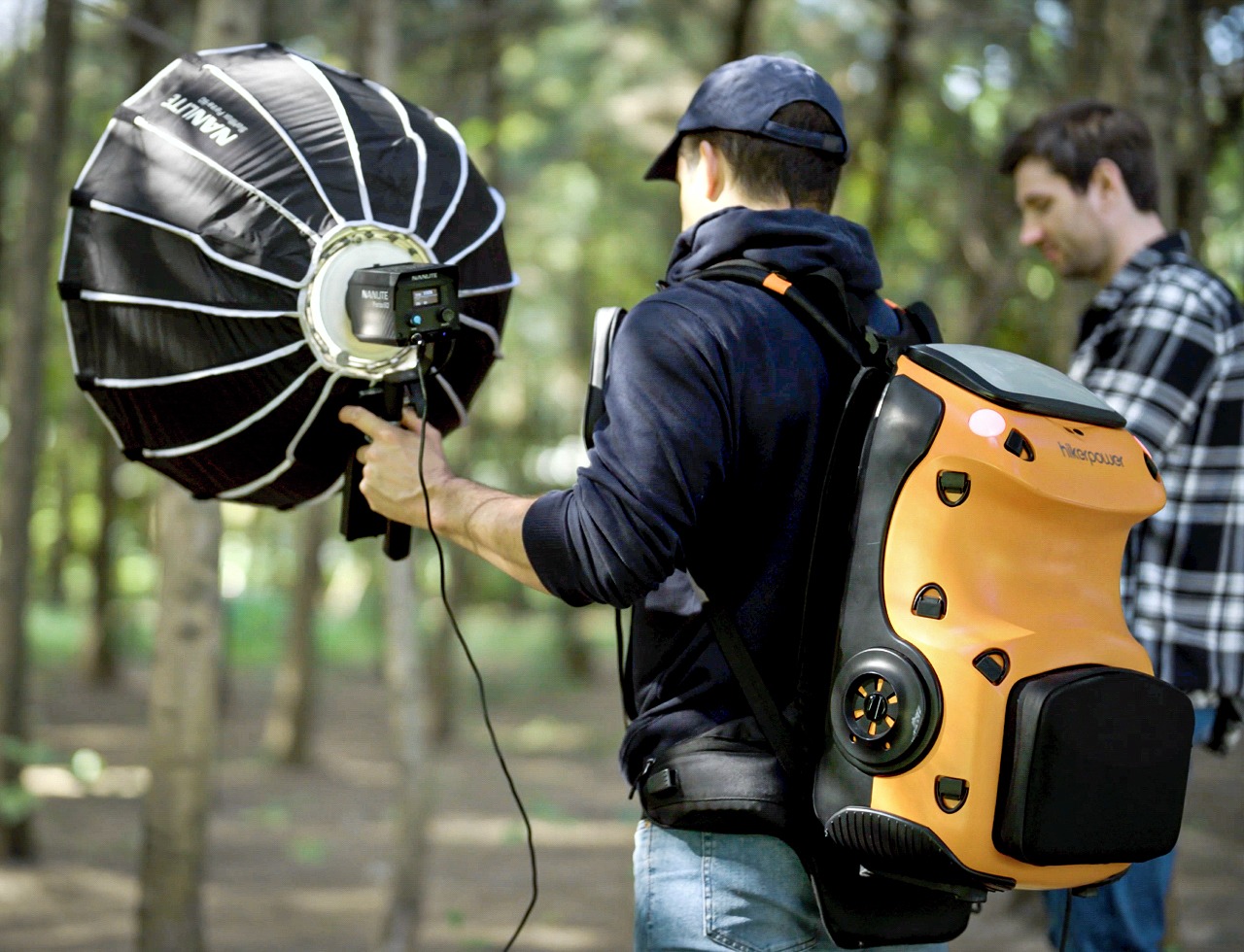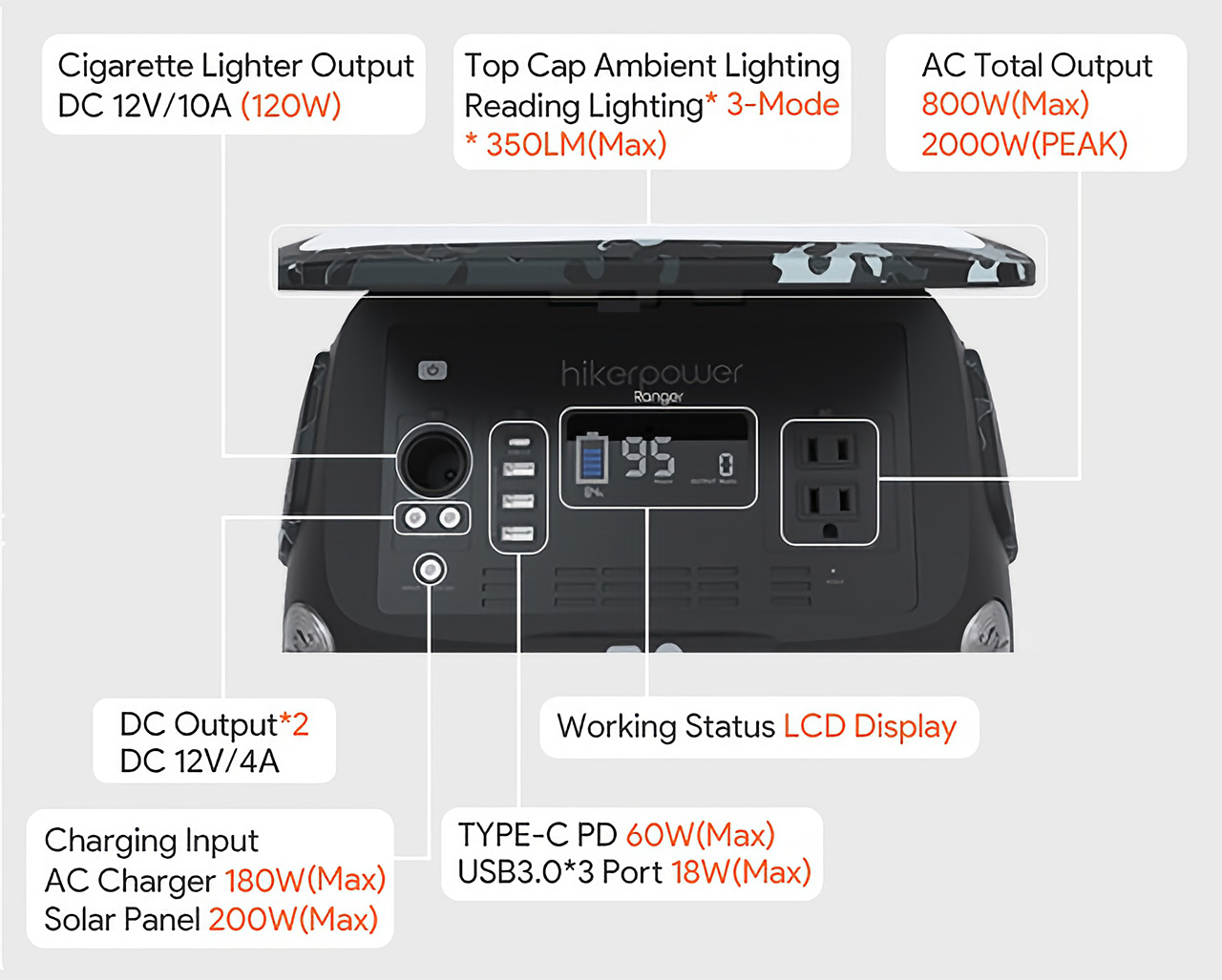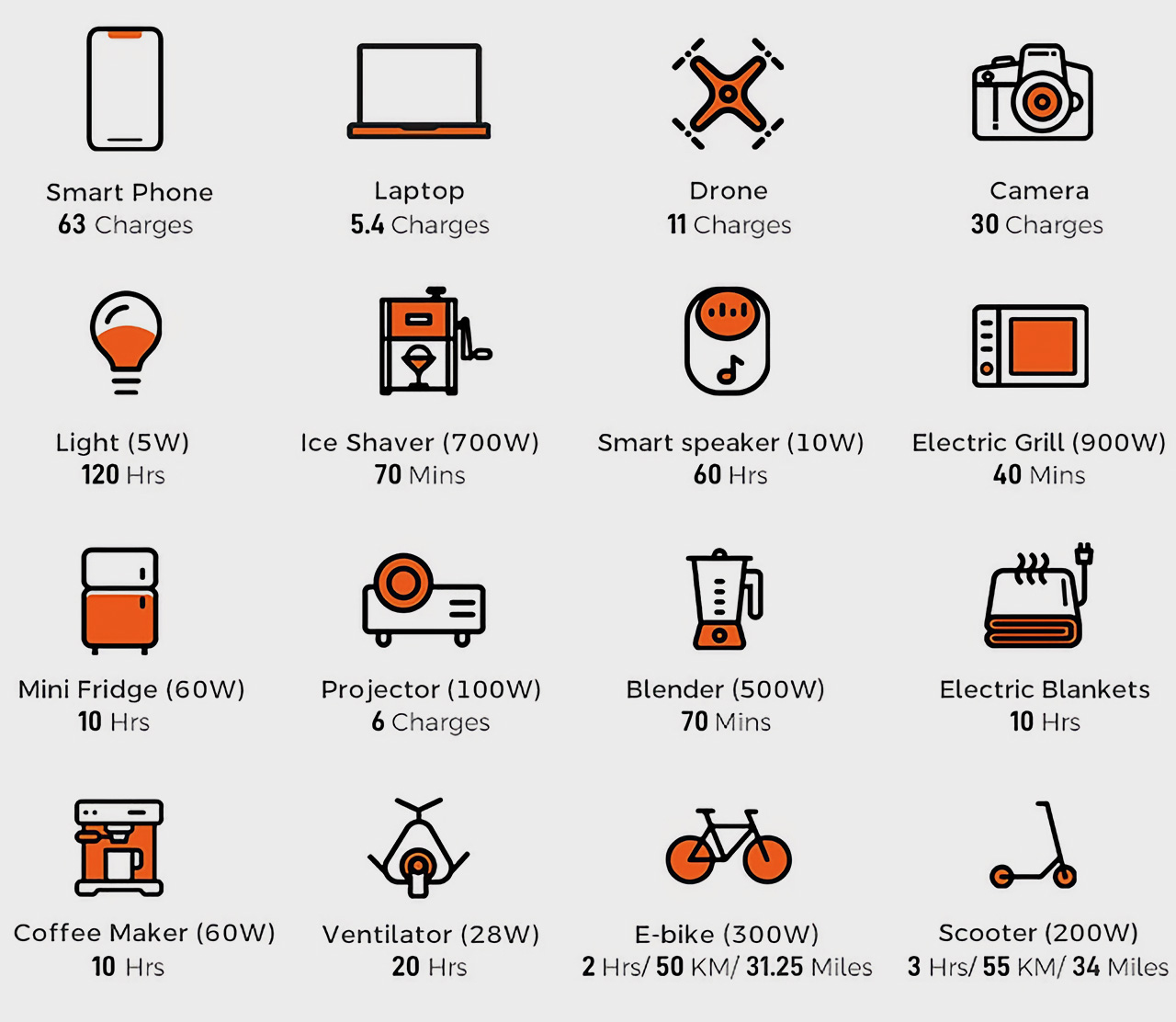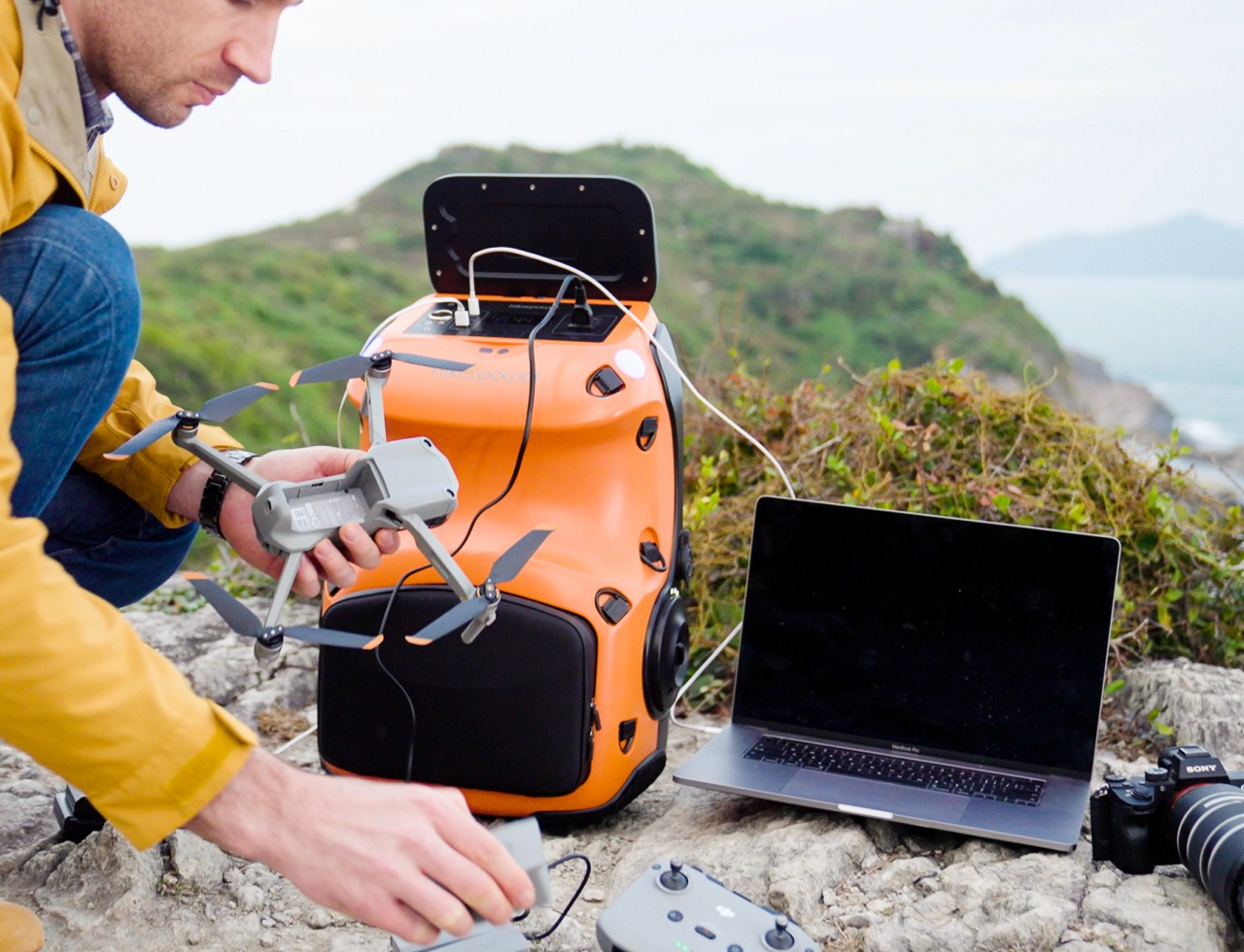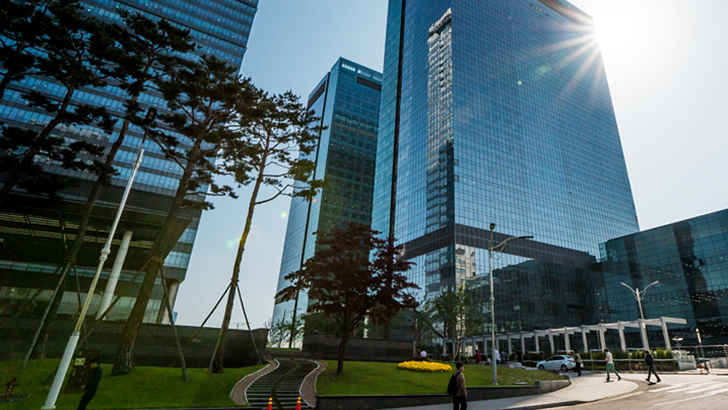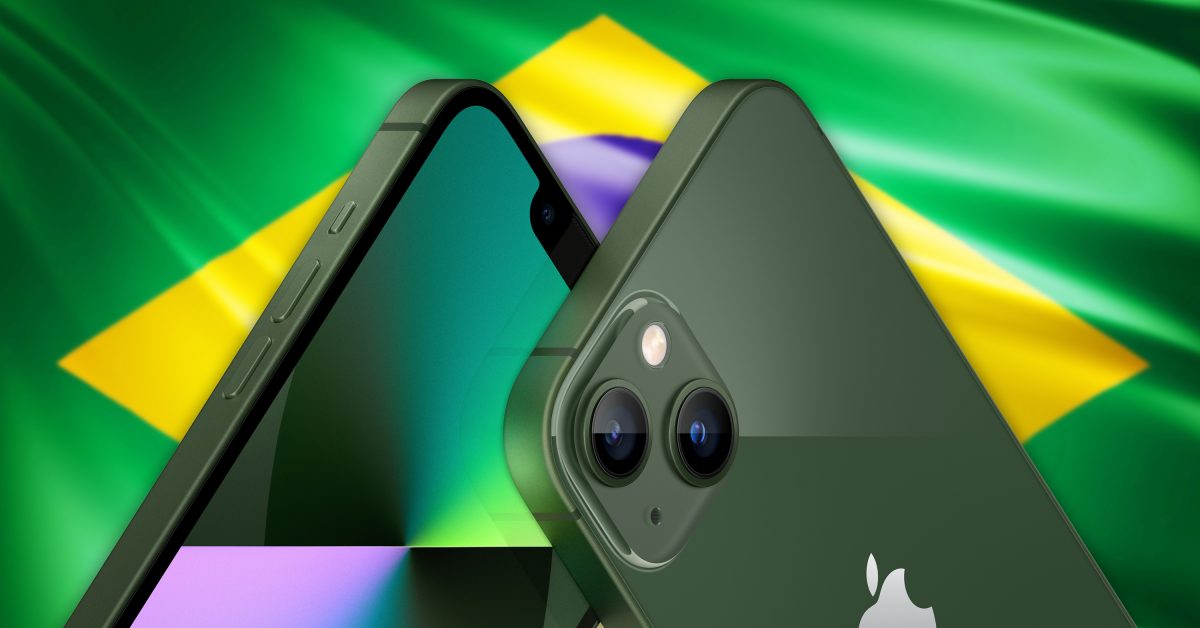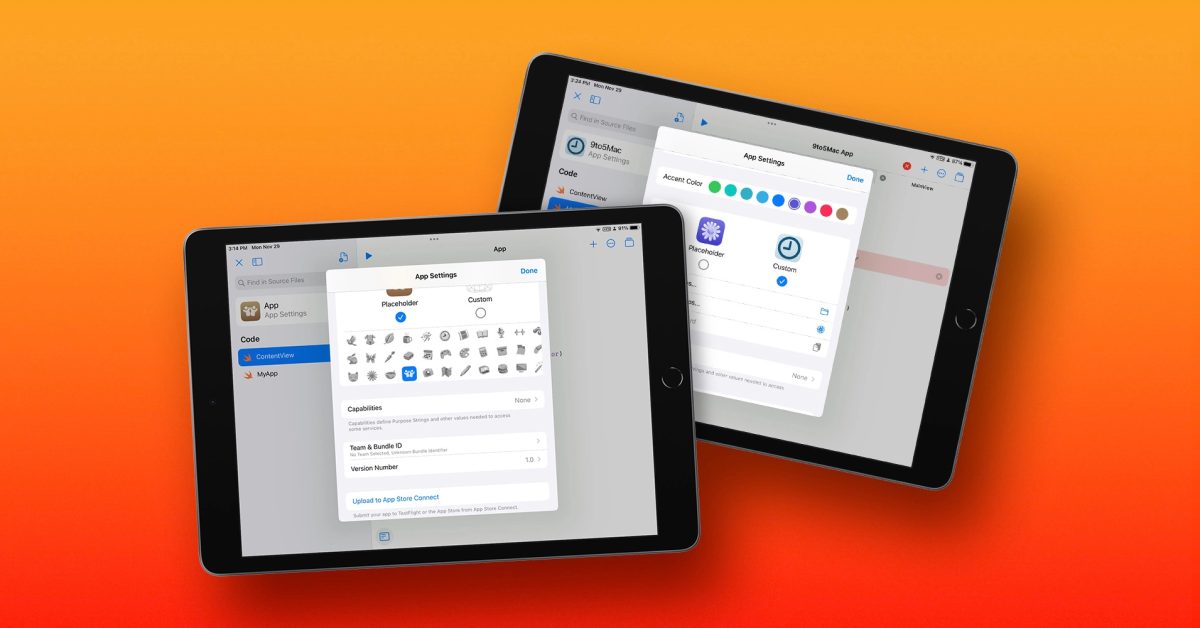Record quarterly revenue of KRW 77. 78 trillion, operating profit at KRW 14. 12 trillion
In second quarter, expects solid demand for servers and DX Division to focus on
securing profitability amid macro uncertainties
Samsung Electronics today reported financial results for the first quarter ended March 31, 2022.
The Company posted a record consolidated revenue for the third straight quarter of KRW 77. 78 trillion and operating profit of KRW 14. 12 trillion, a 51% increase from a year earlier. The DX (Device eXperience) Division posted the highest revenue since 2013 while the DS (Device Solutions) Division reported a historical high for quarterly revenue.
The Memory Business achieved a record-high in quarterly sales for servers amid solid demand and results at the System LSI Business improved sequentially as prices increased. For the Foundry Business, demand was solid across all applications and the Company increased the portion of advanced processes.
SDC (Samsung Display Corporation) saw record first quarter results for mobile displays driven by strong sales at major smartphone customers, while for large displays the improvement of production yield of quantum-dot (QD) displays exceeded expectations.
The MX (Mobile eXperience) Business posted sequential increases in revenue and profitability thanks to strong sales of Galaxy S22 Ultra, positive responses to new, mass market 5G models and solid sales of Device Ecosystem products including tablets and watches. The Networks Business continued to expand overseas and met domestic 5G expansion needs.
The Visual Display Business saw an increase in revenue year over year due to higher sales of high-value premium products like Neo QLED or Super Big TVs. The Digital Appliances Business posted a record high quarterly revenue driven by growth of premium products, centering on BESPOKE.
The strength in the US dollar against the Korean won outweighed the weakness in some emerging currencies, leading to a positive impact of approximately KRW 300 billion on operating profit compared to the previous quarter.
In the second quarter of 2018, while logistics and macroeconomic uncertainty will persist, the DS Division is expected to work to satisfy solid demand. The DX Division, however, will be focusing on profitability and higher sales for new TV and smartphone products.
The Memory Business will work to meet the expected solid demand centering on server and expand the sales of high-value-added products. System LSI Business will be focused on maximizing the supply of critical components such as image sensors and SoCs. For Foundry, the Company will solidify its technology leadership with the world’s first mass production of the 3-nanometer GAA process and continue to win new customers.
As for SDC, mobile displays is expected to maintain solid results year-on-year, driven by continued solid demand from major smartphone customers. Large displays will see an increase in revenue due to the availability of QD-equipped TVs. The production of LCDs will decrease as planned in the second quarter.
In the MX Business, revenue is expected to grow significantly year-on-year due to solid sales of Galaxy S22 series and higher sales of new mass market 5G models. The Company expects to achieve solid profitability by utilizing global SCM capabilities, despite macroeconomic uncertainties. For the Networks Business, the Company aims to win new business opportunities.
The Visual Display Business will focus on selling new models, including Neo QLED and The Freestyle, while the Digital Appliances Business will aim higher revenue and profitability by improving product mix with increased availability of BESPOKE products in the global market.
In the second half, while uncertainties related to the macroeconomic environment and geopolitical issues are likely to persist, the Company will prioritize increasing the portion of advanced processes for components and strengthen the premium lineup and leadership position in the DX Division.
In the Memory Business, server demand is expected to remain solid and the Company plans to increase sales of next-generation interfaces, such as DDR5 and LPDDR5. System LSI Business will be focusing on expanding its SoC line-up. The Foundry Business will work to increase its share of sales and improve advanced node yields.
For SDC, sales is expected to increase in mobile displays driven by expansion of foldable products and accelerated adoption of OLED in new applications, such as IT, gaming, and automotive. The large display business will try to establish a leadership position in the premium segment and narrow losses with QD displays.
The MX Business plans to continue its profitability by expanding the premium user base, increasing the sales of foldable products, and increasing the sales of Device Ecosystem products. For the Networks Business, the Company will maintain growth by meeting domestic 5G needs and actively expanding in overseas markets as well as continuing to reinforce leadership in vRAN (virtualized Radio Access Network) technology.
In the Visual Display Business, the Company will strengthen its premium market position by expanding sales of differentiated strategic products, such as Neo QLED 8K and Lifestyle products. The Digital Appliances Business will continue to focus on increasing sales of premium products amid ongoing material cost and logistics issues.
The Company’s capital expenditures in the first quarter stood at KRW 7. 9 trillion, including KRW 6. 7 trillion spent on semiconductors and KRW 0. 7 trillion on displays. Spending on memory was concentrated on infrastructure at P3 and on process migrations at fabs in Hwaseong, Pyeongtaek and Xi’an. Foundry investments were focused on developing and establishing the production capacity of under 5-nanometer advanced processes.
Memory Exceeded Guidance With Record-High Quarterly Sales for Server
The DS Division posted KRW 26. 87 trillion in consolidated revenue and KRW 8. 45 trillion in operating profit in the first quarter.
The Memory Business performed better than expected. Market expectations were exceeded by the lower memory prices. This was due to strong demand from servers and computers. However, the Company saw a slight profit decline due to a one-off special incentive and mild seasonality in some applications.
For DRAM, overall server demand stayed solid because of the increased DRAM content led by rising adoption of high-core CPUs and strong demand for datacenters. By preemptively assessing demand with the help of an advanced and proprietary machine-learning-based market sensing system, and by actively responding to demand for servers, Samsung exceeded its bit growth guidance and achieved record high quarterly sales for server.
As for NAND, server SSD demand for datacenters remained solid, driven by pent-up demand. Mobile memory demand was slightly affected by weak seasonality, inventory adjustments and a few customers. The Company retained its status quo due to the current market situation and the low inventory levels. It also continued to expand the number of products with high value and high density.
Looking ahead to the second quarter of 2018, Samsung anticipates that server demand will remain solid.
For DRAM, while uncertainties including component shortages need comprehensive monitoring, server demand is expected to stay relatively solid aided by growing adoption of DDR4 8CH CPU. While the Company continues to focus on the best-quality products, it will expand sales of high value-added and higher-density items while responding to the growing demand for the applications with the greatest growth potential.
For NAND, server SSD demand is expected to grow, driven by expanded investment mainly for datacenters amid shortage issues in chip production and in active and passive components. For Client SSD, enterprise PC demand is likely to be solid while consumer PC demand is expected to shrink. Samsung will maintain efforts to actively address SSD demand for enterprise sector with its business competitiveness.
In the second half, server demand is expected to be relatively solid resulting from increased demand for DDR5 and high-density trend, but the pace at which component shortages are resolved needs constant monitoring.
Mobile demand could recover faster than anticipated as macro issues will be resolved. In particular, as major manufacturers are scheduled to release new products in the second half of the year, the Company expects Set Build to recover. In addition, demand for high-density products and LPDDR5x is forecast to increase as manufacturers strengthen flagship lineups.
While maintaining a product mix focused on server and high-end PCs, Samsung will respond to new demand in a timely manner by expanding supply of cutting-edge interfaces such as DDR5 and LPDDR5x. The Company will also focus its portfolios upon high-value, high-density products and continue to realize cost savings, strengthening its market position.
The System LSI Business saw its earnings improve quarter-on-quarter due to foreign exchange gains and increases in sales price despite the weak seasonality of the mobile industry and inventory adjustments. DDI sales increased year-on-year by more than 30% in both large panel and mobile display. In first quarter, the Company began shipping SoCs for volume zone and started the mass production of new 5G FR2 RFICs and 0. 64-micrometer 108-megapixel image sensors.
In the second quarter, the SoC supply is expected to grow thanks to production yield improvement for flagship SoCs and adding mid-range line-up.
In the second half, the System LSI Business plans to further expand the 5G SoC lineup, and supply its technology leading 108- and 200-megapixel sensors and meet the customers’ requests. This will improve both profit and sales, as the Company anticipates a higher growth rate than in the past year.
The Foundry Business achieved its highest ever first quarter sales, thanks to solid demand from all applications and improvements in the yields of the advanced process.
Through close collaboration between the R&D center and the Foundry Business, the Company has entered the stabilizing yield trajectory of the advanced process, while continuously improving production capability. In addition, the Company added new orders for applications such as HPC/Automotive to prepare for future growth engines and improved its ability to respond to future demands through new investments in Taylor in the US and domestic facilities.
In the second quarter, the Company will continue to improve the yield of the advanced nodes and plans to secure a technological edge through first-generation GAA process (3GAE) quality verification and mass production for the first time in the industry. Furthermore, the Company will also continue to develop the 3-nanometer second-generation GAA process (3GAP) according to the planned schedule.
In the second half, the Company expects the foundry supply shortage to continue and will continue its technology leadership through the yield improvement of the GAA process and aim to exceed market growth by improving the yield and adopting pricing strategies to ensure future investments.
Display Earnings Improve Year-on-Year; To Focus on Premium OLED and QD Displays in 2H
SDC posted KRW 7. 97 trillion in consolidated revenue and KRW 1. 09 trillion in operating profit for the first quarter.
Mobile’s display earnings increased from last year, driven by strong demand for premium products as well as the positive impact of foreign currency movements. Growing adoption of OLED displays in laptops and gaming devices also contributed to the results.
Samsung launched QD monitors for large displays in its first quarter. They were well-received in the marketplace and raised hopes that QD TVs would be available in the second quarter. The Company has also been steadily stabilizing QD display yields.
Looking ahead to the second quarter, Samsung expects to see a decline in mobile displays earnings compared to the previous quarter because of prolonged geopolitical conflicts and lockdowns in some regions. Large display earnings is likely to enhance in the second quarter as the Company is due to ramp down LCD production as scheduled and expand shipments of QD products in earnest.
In the second half, despite lingering uncertainties surrounding the business environment, the smartphone market size is forecast to remain at last year’s level, led by the economic recovery of advanced countries.
Samsung will continue to be a leader in premium OLED market with its stable SCM capabilities, and expandable lineup. The Company also aims for sustainable growth based on diverse product segments, ranging from smartphones to IT, automotive, gaming, and wearables, by capitalizing on its competitive edges in SCM capabilities and new technology development. In particular, in order to secure a solid OLED position in the fast-growing EV market, Samsung will focus on offering a full lineup of solutions spanning from rigid to foldable displays.
For large displays, the Company has committed to stabilizing QD display production while actively marketing the product in order to diversify its customer base, and position QD displays within the premium segment.
Mobile Earnings Remain Solid Despite Supply Shortage; To Focus Flagship Sales in Q2
The MX and Networks businesses posted KRW 32. 37 trillion in consolidated revenue and KRW 3. 82 trillion in operating profit for the first quarter.
Overall market demand declined both quarter-on-quarter and year-on-year due to a weak seasonality and geopolitical uncertainties. However, MX business saw growth in both revenue and profitability from the previous quarter despite supply shortage. Strong sales of the Galaxy S22 series since its launch in Q1 helped drive the revenue growth, on the back of Galaxy S22 Ultra with S-Pen garnering positive feedback from the existing Galaxy Note customers. Mass-market 5G smartphones including new A-series as well as Device Ecosystem products such as tablets including the Galaxy Tab S8 and wearables have also contributed to the profit growth.
In the second quarter, smartphone market demand is forecast to slightly decline quarter-on-quarter amid continued seasonal effect with uncertainties over Covid-19 and geopolitical issues. The MX Business aims to secure revenue growth year-on-year and double-digit profitability by leveraging its global supply chain management (SCM) capabilities. With the component shortage for Galaxy S22 series expected to improve, the Company will strive to maintain the strong sales of flagship smartphones while also actively responding to increased market demand for the mass-market 5G models.
For the second half, uncertainties over prolonged COVID-19 and component shortage are likely to persist. However, the smartphone market is projected to continue to grow and the wearable market is likely to see a double-digit growth.
The MX Business will solidify its leadership in the flagship market by accelerating innovation while maximizing sales of the new foldable models and Device Ecosystem products ensuring supply of key parts and better customer experiences through collaboration with partners. The Company will also closely cooperate with the VD and DA businesses under DX division to further strengthen seamless and connected experiences across Samsung products. With these efforts, the Company will strive to achieve sales growth in 2022 and maintain solid profitability with an improved product mix and operational efficiency.
Strong Focus on Premium Products Amid Continued Market Uncertainties
The Visual Display and Digital Appliances businesses posted KRW 15. 47 trillion in consolidated revenue and KRW 0. 8 trillion in operating profit in the first quarter.
First quarter demand for TVs contracted quarter-on-quarter following the end of year peak in Q4 and along with geopolitical issues stemming from Russia. The previous year’s strong baseline, which was attributed to increased demand, also led to a decline in year-over year. The Company expanded revenue and profit year-over-year by working closely with channel partners, and actively targeting high value product demand. Its new Neo QLED line-up, upgraded with a new level of picture quality and sound, has garnered a positive response from the market.
In the second quarter, the Company expects TV demand to decline both quarter-on-quarter and year-over-year due to increased outdoor activities and continued market uncertainties. Samsung plans to achieve growth by continuing its focus on premium products. In response to persistent issues with raw materials and logistics, the Company plans to further optimize operations by establishing sales and supply plans further down in advance.
In the second half, while macroeconomic risks are expected to persist, the Company will capture demand from sporting events during the peak season, and solidify its premium leadership with sales of its Neo QLED 8K and Lifestyle Screens as well as innovative products like Micro LED and Odyssey Ark.








